
Reducing emissions is not enough,
we need to remove atmospheric carbon too.
To limit global warming to less than 2 degrees Celsius, we must unlock the full potential of our forests as carbon sinks (Oxford report). This is why we enable companies to take over financial responsibility through data-driven carbon credits to preserve local forests.
Carbon-optimized forest transformation powered by technology.
Through our climate projects, forest owners can change their forest management strategy. Local forests are transformed into climate-friendly mixed forests. The focus is on increased carbon storage rather than pure timber production: logging is reduced, climate-stable tree species are promoted, and biodiversity is increased. To ensure the effectiveness of the projects, they are continuously monitored using OCELL's Dynamic Forest software, and results are presented transparently.









How we work.
Data-driven
Founded by engineers, we understand the power of data. Our commitment to accuracy made us develop a robust Measurement, Reporting and Verification (MRV) system, ensuring our projects deliver precise and reliable results.
Transparent
To ensure that our climate projects deliver the promised emissions reductions and co-benefits, we work closely with local partners whose project data are made transparent on our platform.
Scientific
Our climate projects were developed with chairs from the Technical University (TU) Munich, the Weihenstephan-Triesdorf University of Applied Sciences (HWST) as well as the Waldklimarat.

Highest quality for utmost trust.
Additionality
Permanence
Our project partners commit to increasing carbon storage in their forests and promoting biodiversity for a minimum of ten years. The project can be extended beyond this period. To ensure a lasting impact for a minimum of 30 years, only the additional carbon stored in wood, that is subsequently converted into timber products with a minimum shelf life of 30 years, is eligible for certification. According to calculations by the Intergovernmental Panel on Climate Change (IPCC), the combination of increased carbon storage and subsequent sequestration in durable wood products means that each ton of carbon removed from the atmosphere in this way will take more than 100 years to fully decay. Additionally, the use of sustainably produced wood-based materials (e.g., in construction) significantly reduces the consumption of CO2-intensive raw materials (e.g., cement). This substitution performance is not credited to the project. Nonetheless, it represents an important climate benefit, being a valuable side effect of healthy and sustainably managed forests.
Monitoring
Our climate projects undergo continuous monitoring. To achieve this, we document all forest activities and regularly collect aerial photographs which are analyzed using AI. Additionally, we employ state-of-the-art measurement technology (LIDAR) to regularly track the increase in the forest's CO2 storage capacity. These measurements are checked and verified by independent auditors to ensure accuracy and credibility.
Transparency
By publishing all project information, including aerial photos and measurement data, on our platform, we ensure maximum transparency for our customers. They can view project progress and success at any time. Furthermore, we actively engage rating agencies in our projects. Working collaboratively with our project partners and customers, our ultimate aim is to preserve forests and protect our climate. Precise and transparent data are indispensable for achieving this goal.
Co-benefits of improved forest management.
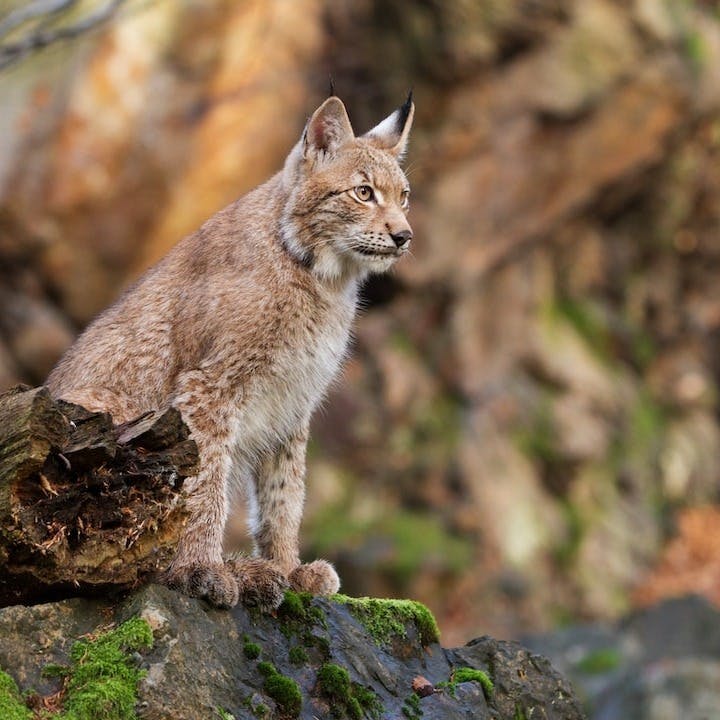
Biodiversity Conservation
Forests are diverse ecosystems, giving plants and animals a home and saving them from extinction.
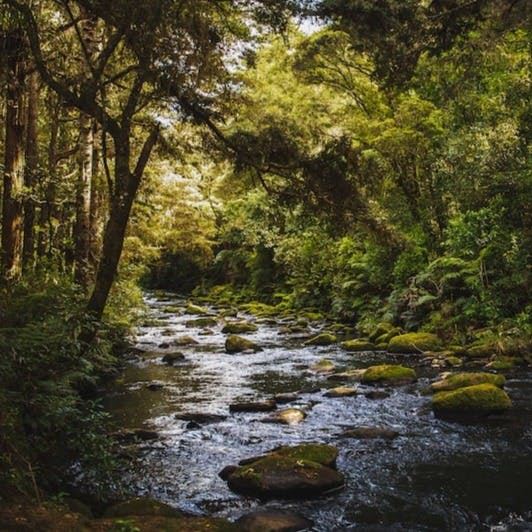
Water Resource Protection
Forests maintain water quality by serving as natural filters, regulating water flow, and preventing soil erosion.
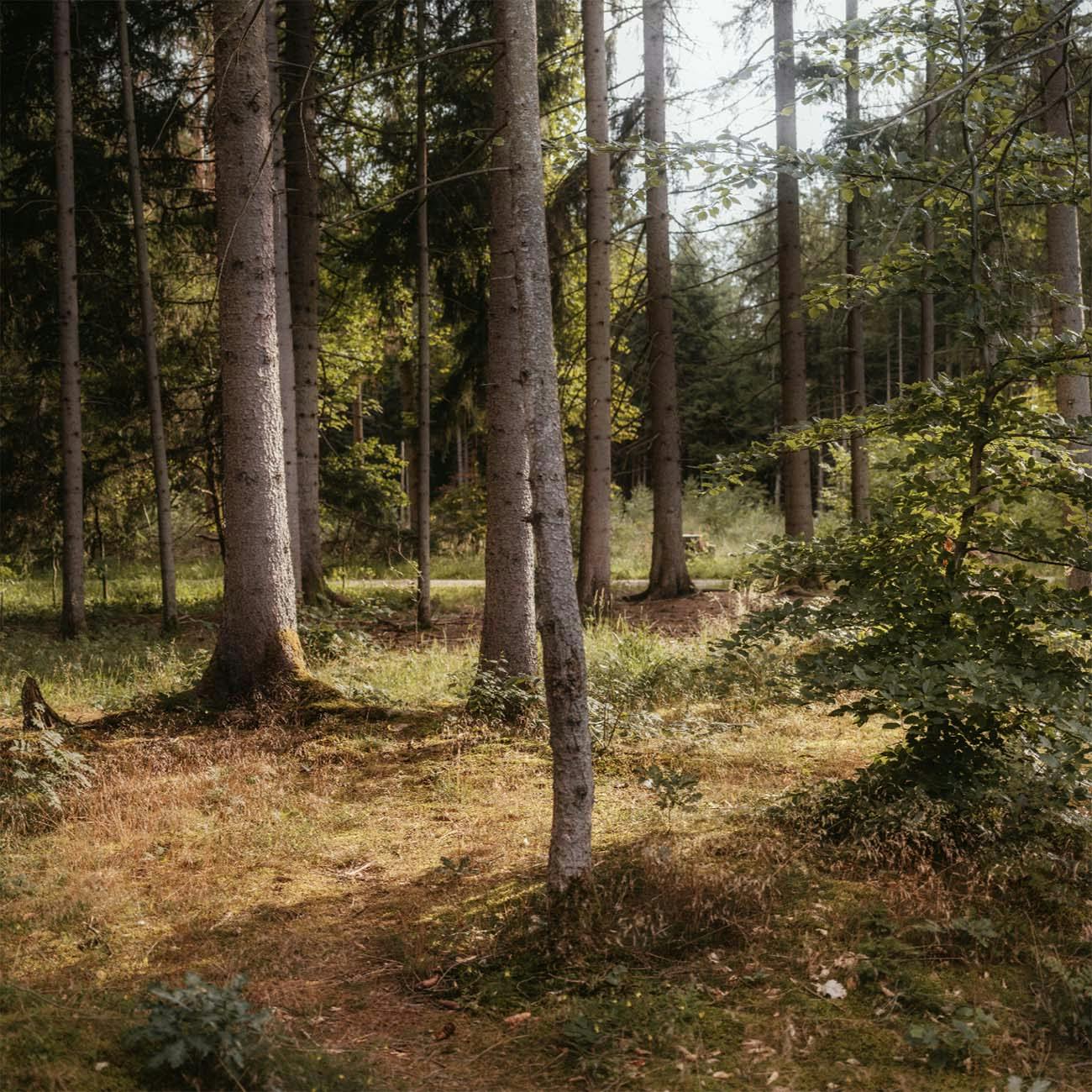
Cooling Effect
Trees offer shade and absorb water through their roots, which then evaporates, effectively extracting heat from the surrounding air.
Methodology.
The OCELL methodology results in a continuous increase in sequestered and stored carbon in a forest over the long term. It enhances both the amount of carbon stored in the forest and in long-term harvested wood products. Additionally, it incentivizes a continuous and non-disruptive transition from monocultures to climate-resilient mixed forests.
Corporate Climate Action in Europe with Climate-optimized Forest Management
As sustainability demands rise, European companies must go beyond compliance with effective climate strategies. Our free eBook shows how nature-based forest management can lower emissions and enhance climate resilience.
Download now to discover actionable strategies to future-proof your business and lead on climate responsibility.
Better together. Our partners.

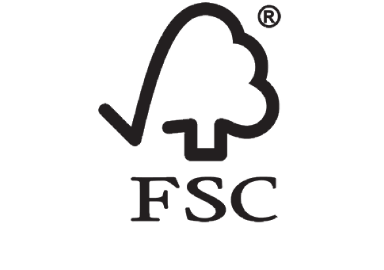
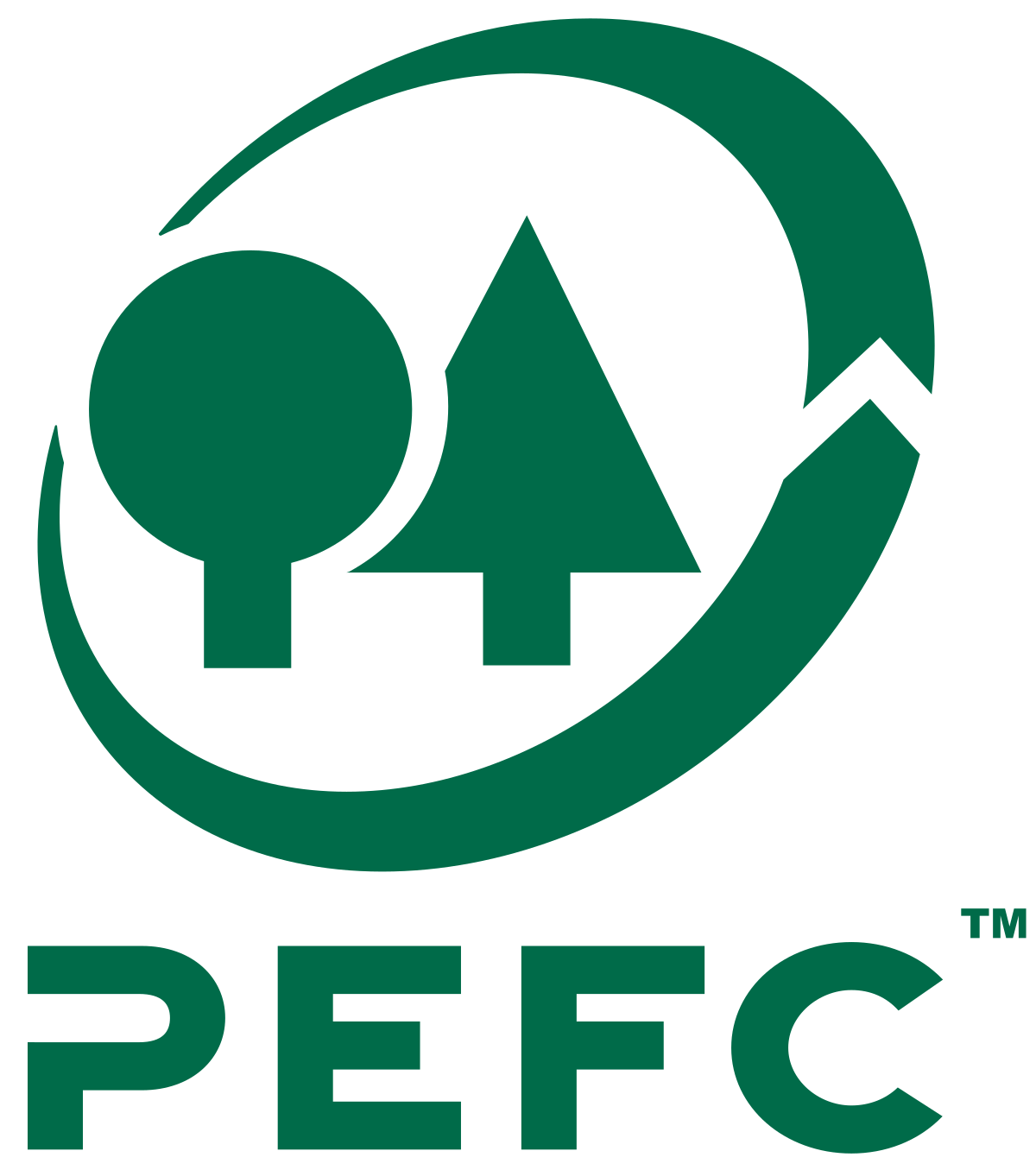

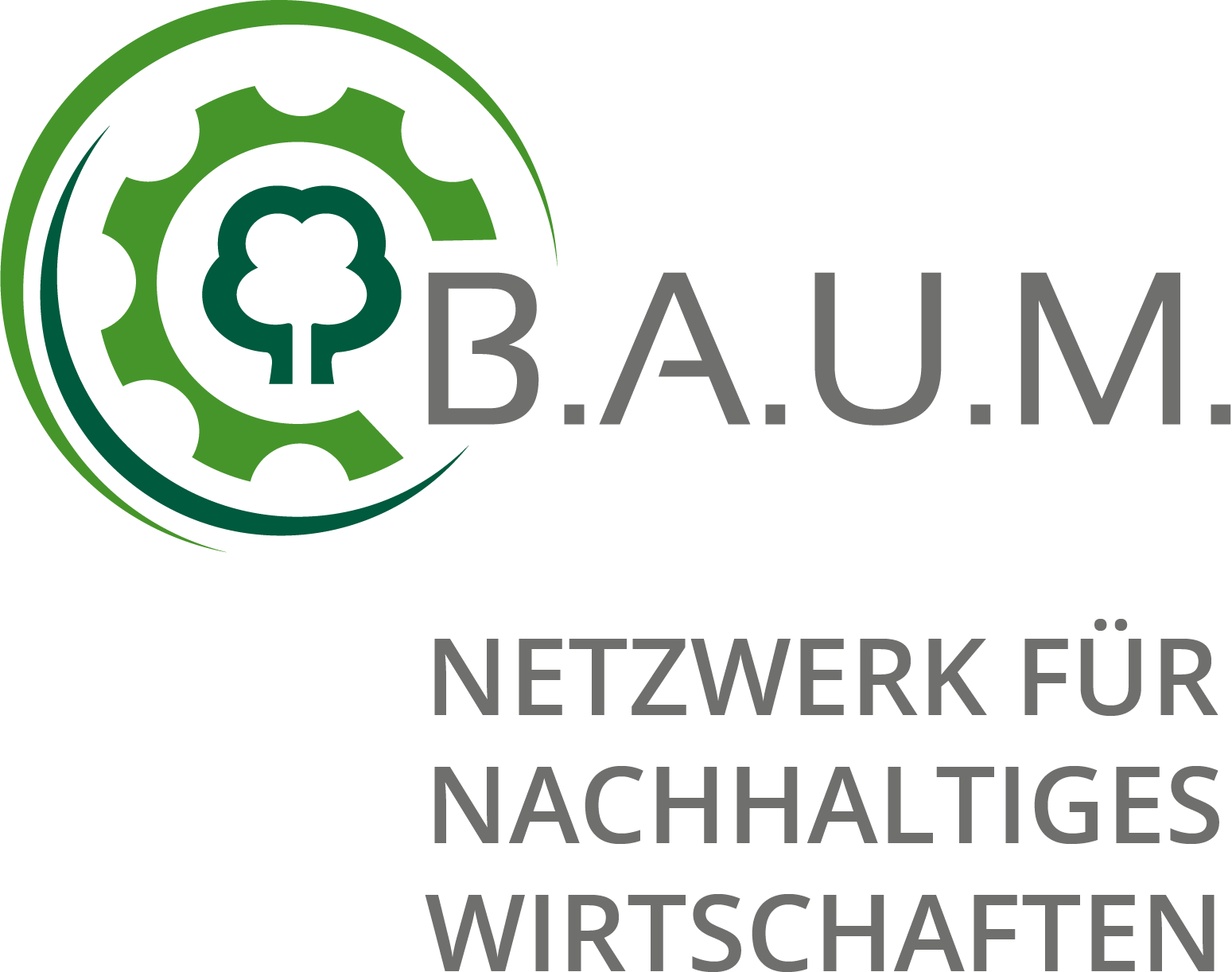

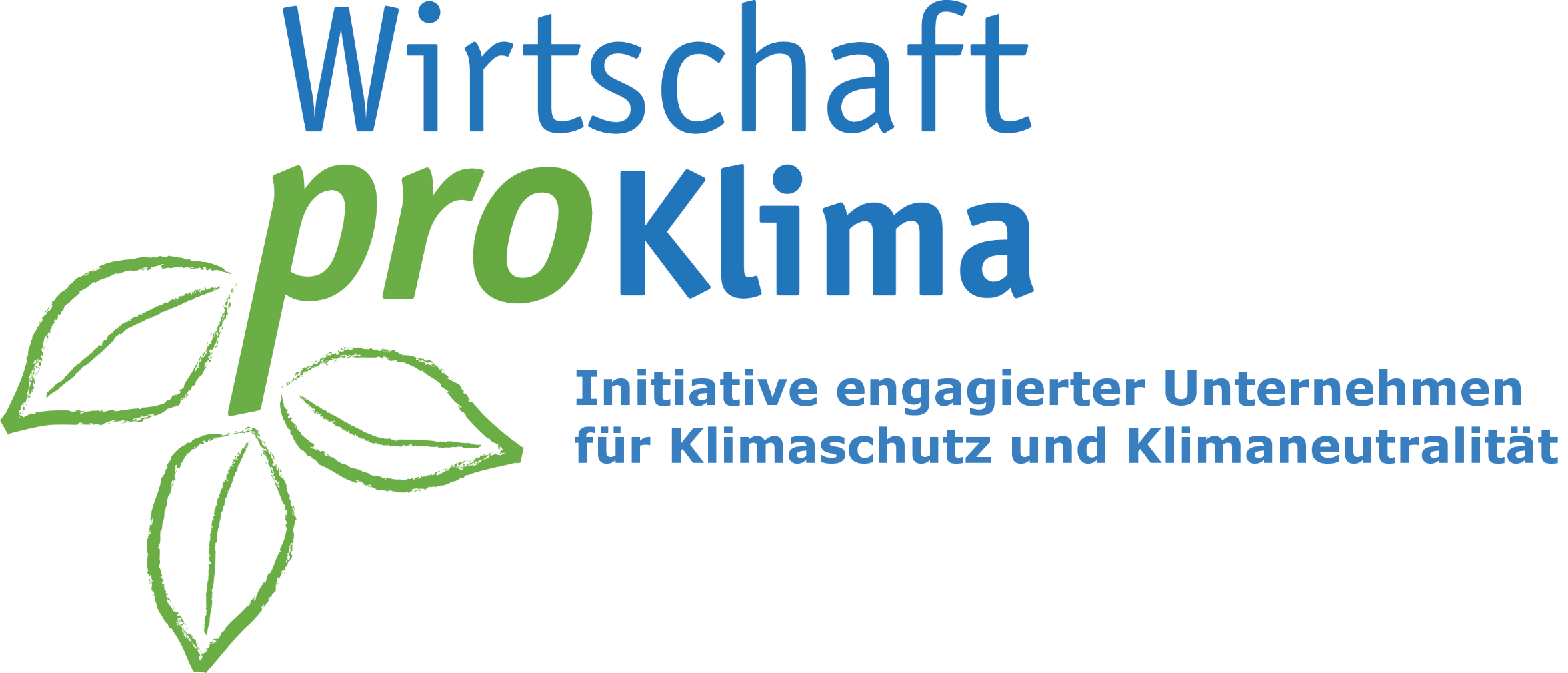



FAQs.
How does OCELL ensure the additionality of its projects?
What is the permanence of the climate projects?
Our project partners commit to increasing carbon storage in their forests and promoting biodiversity for a minimum of ten years. The project can be extended beyond this period. To ensure a lasting impact for a minimum of 30 years, only the additional carbon stored in wood, that is subsequently converted into timber products with a minimum shelf life of 30 years, is eligible for certification. According to calculations by the Intergovernmental Panel on Climate Change (IPCC), the combination of increased carbon storage and subsequent sequestration in durable wood products means that each ton of carbon removed from the atmosphere in this way will take more than 100 years to fully decay. Additionally, the use of sustainably produced wood-based materials (e.g., in construction) significantly reduces the consumption of CO2-intensive raw materials (e.g., cement). This substitution performance is not credited to the project. Nonetheless, it represents an important climate benefit, being a valuable side effect of healthy and sustainably managed forests.
How does OCELL monitor its climate protection projects?
Our climate projects undergo continuous monitoring. To achieve this, we document all forest activities and regularly collect aerial photographs which are analyzed using AI. Additionally, we employ state-of-the-art measurement technology (LIDAR) to regularly track the increase in the forest's CO2 storage capacity. These measurements are checked and verified by independent auditors to ensure accuracy and credibility.
Are the climate protection projects transparent?
By publishing all project information, including aerial photos and measurement data, on our platform, we ensure maximum transparency for our customers. They can view project progress and success at any time. Furthermore, we actively engage rating agencies in our projects. Working collaboratively with our project partners and customers, our ultimate aim is to preserve forests and protect our climate. Precise and transparent data are indispensable for achieving this goal.
Where are the project forests located?
The forests are located throughout Germany. If you are interested in a project in your area, please get in touch with us.
Does OCELL offer Avoidance or Removal Credits?
Primarily, OCELL offers Removal Credits which remove carbon from the atmosphere and store it in the forests. For this purpose, Improved Forest Management activities are implemented, extending the rotation periods in our project forests. This way, forests store more carbon over a longer period of time.
Avoidance Credits refer to emission reduction activities to prevent or reduce emissions. These are compared to the so-called baseline scenario which would most likely occur if no climate protection project were implemented. In the context of professionally managed forests, this could mean deforestation. Instead, we maintain forests and their biomass - two essential carbon sinks.
How does OCELL prevent double counting?
Double counting occurs when the carbon sink capacity is counted twice, once in a country's national carbon balance and again in a company's sustainability report. Since many nations deduct the carbon sink capacity of all forests within their territory from their emissions as a whole, an additional sink capacity through a carbon project cannot be claimed as compensation for a single company.
The Paris Agreement calls for "Corresponding Adjustments" to be implemented to remove these efforts for additional sink capacity from the National Inventory to avoid double counting. However, the implementation of Corresponding Adjustments is still uncertain, which has led to the concept of "Contribution Claims". This means that a company contributes to the additional carbon sink capacity to achieve national climate goals, and there are no double counting issues.
Why are areas not left untouched?
In Germany, leaving forests untouched in many areas would not result in a healthy and climate-resilient mixed forest but rather lead to unstable (beech) monocultures. Additionally, a tree stops absorbing CO2 from the atmosphere after a certain age and begins to decay. Therefore, it is better to harvest the tree in a timely manner and replant new trees.
